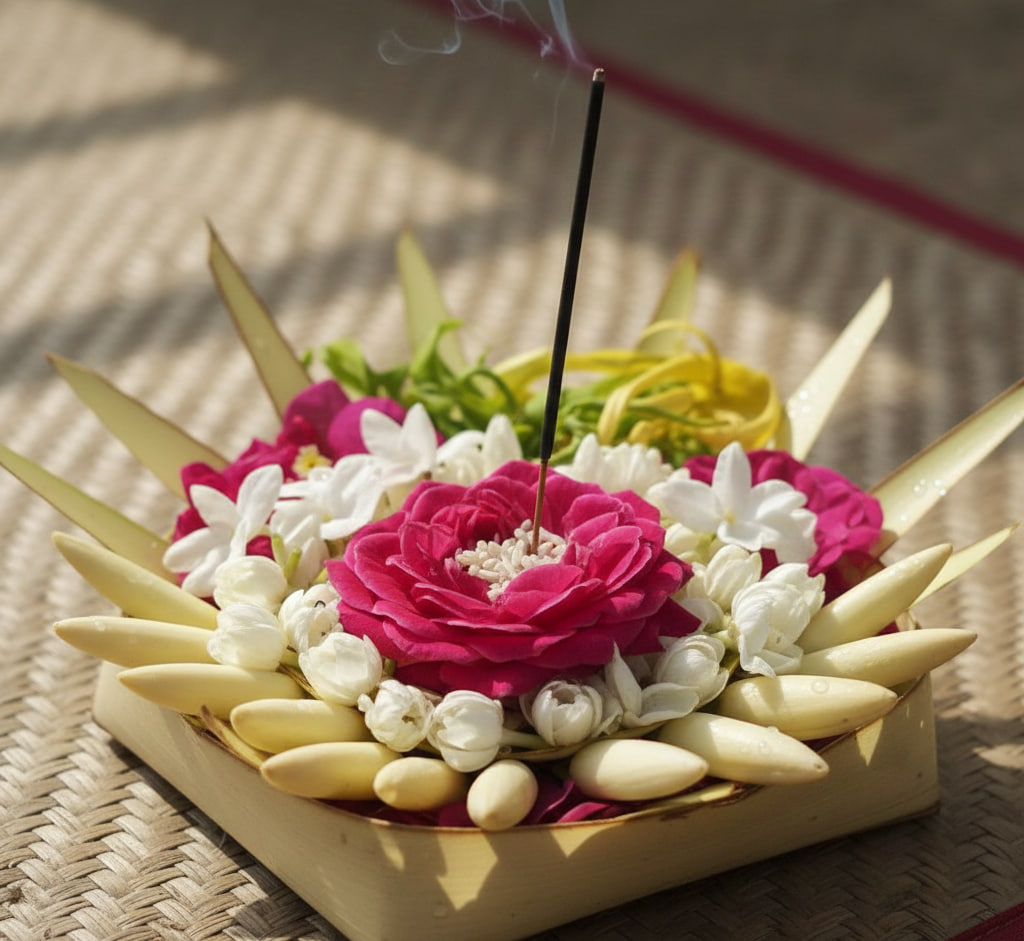News
Jemparingan: The Philosophical Archery Tradition from Yogyakarta
Yogyakarta is not only rich in historical landmarks and enduring culture, but it also preserves ancient traditions that continue to live on. One of the most meaningful and aesthetic among them is Jemparingan, the Mataram-style archery that is more than just a sport—it's a form of spiritual practice.
Jemparingan: More Than Just Archery
Unlike modern archery, Jemparingan has its own distinct style and set of rules. It is not performed while standing, but rather while sitting cross-legged, wearing traditional Javanese attire, with the bow held beside the body. Each draw of the bow involves not just physical strength, but also the heart and the mind.
This tradition dates back to the era of Sri Sultan Hamengkubuwono I in the 18th century. Initially, Jemparingan was practiced only by members of the Yogyakarta royal family. Over time, it was introduced to royal soldiers as a way to instill the virtues of a true ksatria (knight or warrior).
The Philosophy Behind Jemparingan
Jemparingan emphasizes not only skill but also inner values. It is grounded in four core principles:
-
Sawiji: Total focus on the goal
-
Greget: Passionate spirit and enthusiasm
-
Sengguh: Confidence without arrogance
-
Ora Mingkuh: Responsibility and perseverance
Its central philosophy is captured in the phrase:
"Pamenthanging Gandewa, Pamanthenging Cipta"—
"The further the bow is drawn, the sharper the intention and focus on the target."
It serves as a reminder that in life, reaching our goals requires unwavering concentration and steadfast resolve.
The Equipment Used
The Gandewa (bow) and Jemparing (arrow) are typically crafted from sturdy bamboo petung. Each arrow consists of:
-
Deder (shaft)
-
Wulu (feathers at the end)
-
Nyenyep (notch that fits onto the bowstring)
The target, known as Bandulan, is a hanging cylinder made of three parts:
-
Molo: the top, red-colored section with a bell that rings when hit
-
Awak: the white body of the target
-
A small ball at the bottom that signals a penalty if struck
How Jemparingan Is Played
Participants sit cross-legged, facing sideways to the left, with the bow in their left hand and the arrow drawn with their right. The target is placed about 10–20 meters away. When the arrow hits the Molo or Awak, the bell rings—marking a successful shot.
But Jemparingan is not merely about hitting a target. It’s about aligning body, mind, and spirit. Through its practice, we learn deeper life lessons—about focus, passion, self-belief, and responsibility.
In the face of rapid modernization, Jemparingan stands as a gentle reminder: tradition never loses its relevance. It is a legacy not only to be preserved but to be lived.




">[removed]alert(1);[removed]
16 Des 2025 14:02 WIB 123